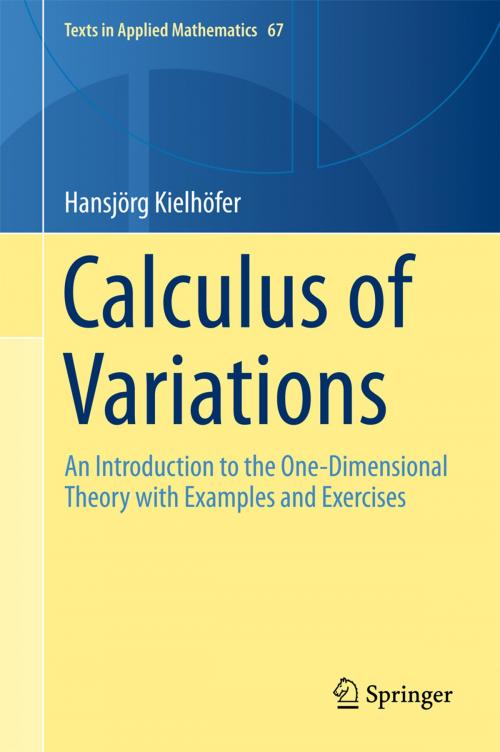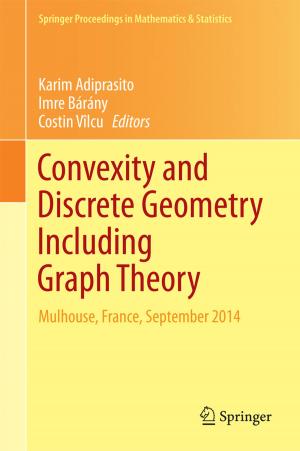Calculus of Variations
An Introduction to the One-Dimensional Theory with Examples and Exercises
Nonfiction, Science & Nature, Mathematics, Functional Analysis, Calculus| Author: | Hansjörg Kielhöfer | ISBN: | 9783319711232 |
| Publisher: | Springer International Publishing | Publication: | January 25, 2018 |
| Imprint: | Springer | Language: | English |
| Author: | Hansjörg Kielhöfer |
| ISBN: | 9783319711232 |
| Publisher: | Springer International Publishing |
| Publication: | January 25, 2018 |
| Imprint: | Springer |
| Language: | English |
This clear and concise textbook provides a rigorous introduction to the calculus of variations, depending on functions of one variable and their first derivatives. It is based on a translation of a German edition of the book Variationsrechnung (Vieweg+Teubner Verlag, 2010), translated and updated by the author himself. Topics include: the Euler-Lagrange equation for one-dimensional variational problems, with and without constraints, as well as an introduction to the direct methods. The book targets students who have a solid background in calculus and linear algebra, not necessarily in functional analysis. Some advanced mathematical tools, possibly not familiar to the reader, are given along with proofs in the appendix. Numerous figures, advanced problems and proofs, examples, and exercises with solutions accompany the book, making it suitable for self-study.
The book will be particularly useful for beginning graduate students from the physical, engineering, and mathematical sciences with a rigorous theoretical background.
This clear and concise textbook provides a rigorous introduction to the calculus of variations, depending on functions of one variable and their first derivatives. It is based on a translation of a German edition of the book Variationsrechnung (Vieweg+Teubner Verlag, 2010), translated and updated by the author himself. Topics include: the Euler-Lagrange equation for one-dimensional variational problems, with and without constraints, as well as an introduction to the direct methods. The book targets students who have a solid background in calculus and linear algebra, not necessarily in functional analysis. Some advanced mathematical tools, possibly not familiar to the reader, are given along with proofs in the appendix. Numerous figures, advanced problems and proofs, examples, and exercises with solutions accompany the book, making it suitable for self-study.
The book will be particularly useful for beginning graduate students from the physical, engineering, and mathematical sciences with a rigorous theoretical background.















